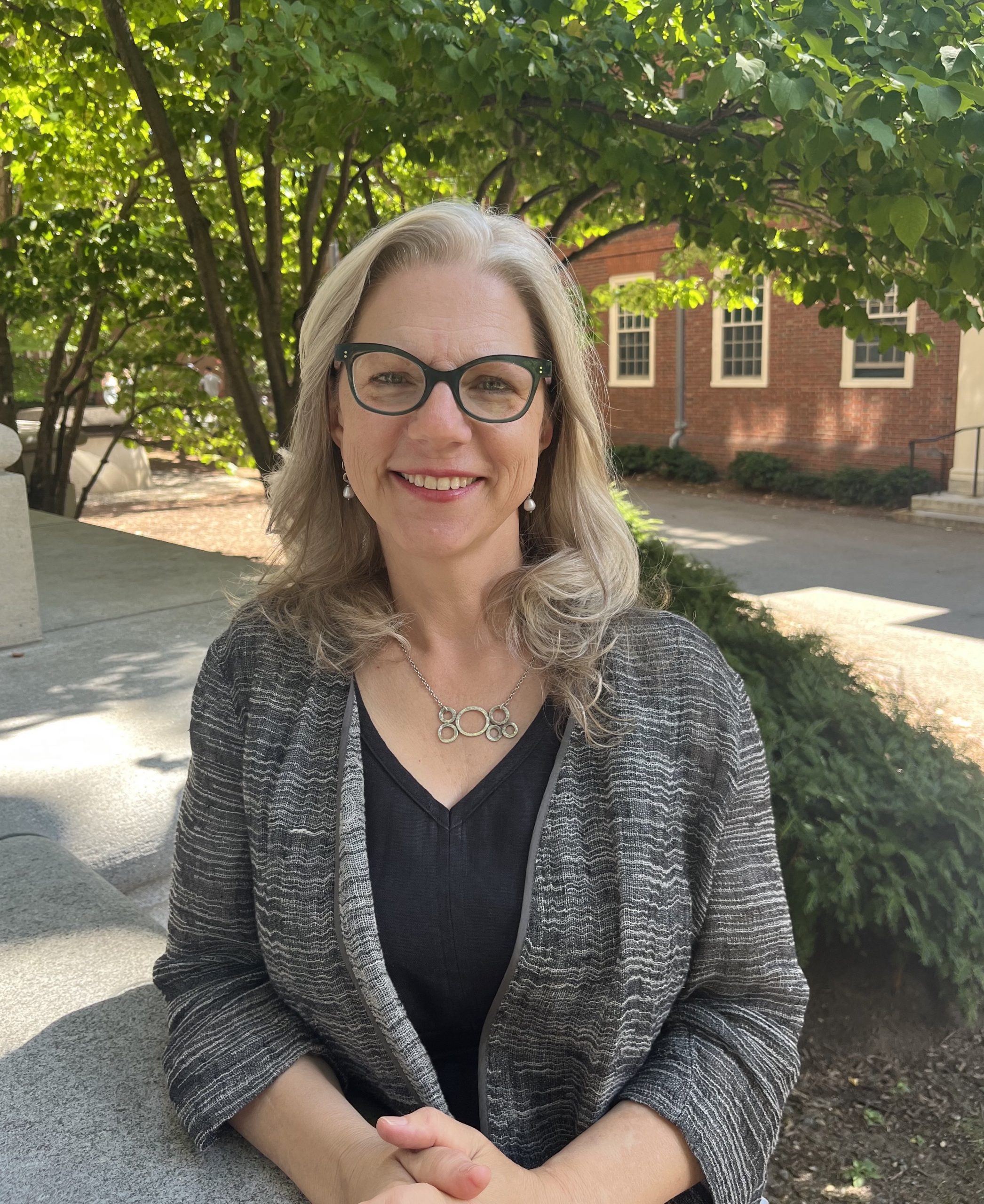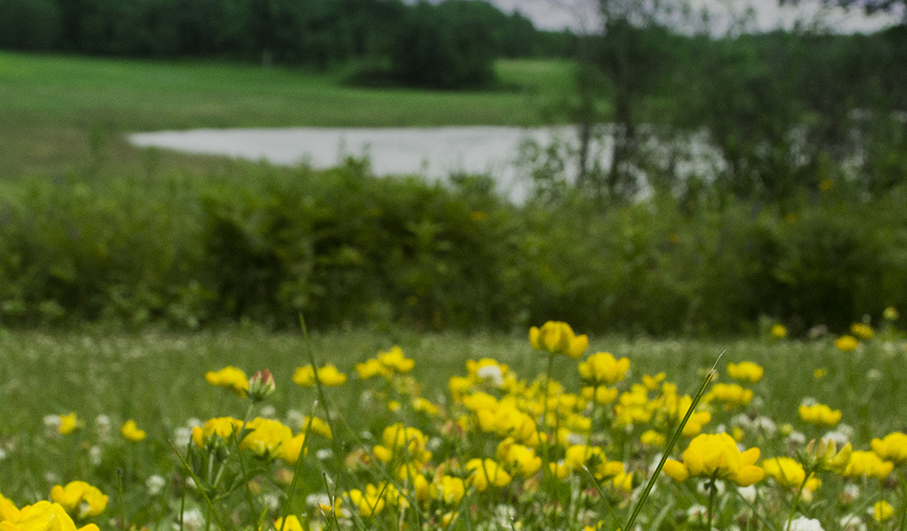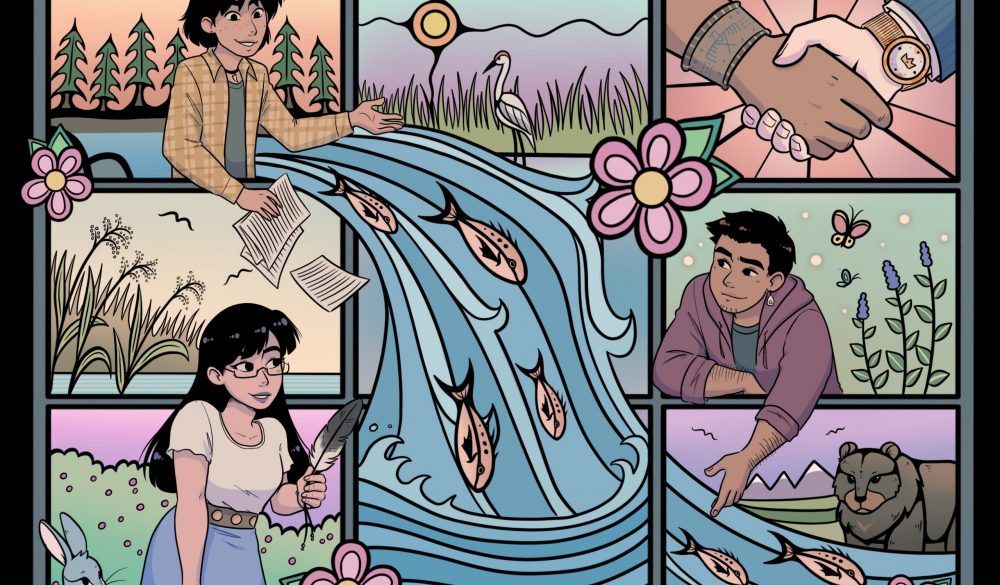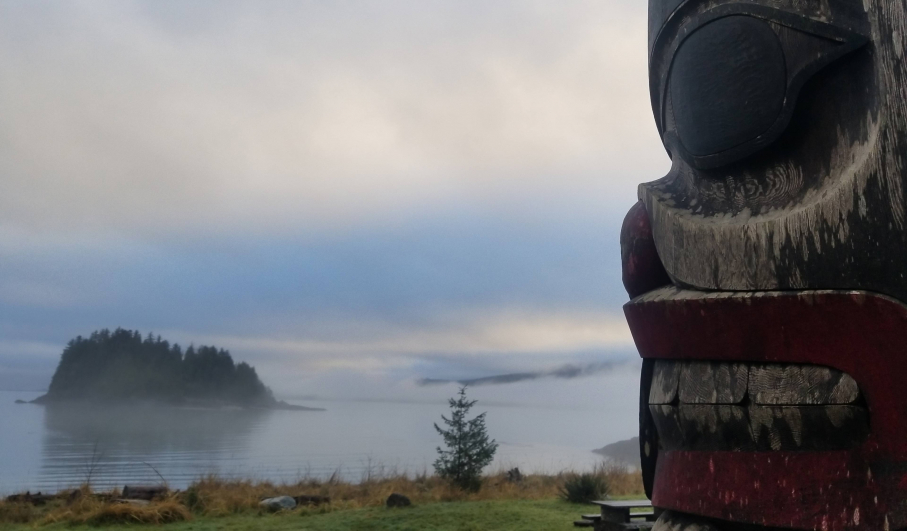Pamela Klassen
Religion and memory on the land
religion and memory on the land
I research and teach the study of religion in North America and Turtle Island at the University of Toronto, where I am a Professor and Chair in the Department for the Study of Religion.
My current research focuses on colonialism, treaties, museums, and public memory.
I’m always happy to hear from prospective graduate students interested in studying with me.

I was first drawn to the study of religion as a creative space for robust, interdisciplinary thinking about some of the most compelling concerns of contemporary life: how authority and power are imposed or cultivated within a life or a community; how the stories we tell and the technologies we use to tell them alter our bodies, imaginations, and the land; and how the past is a powerful tool for shaping the present, in the hands of both scholars and laypeople.
I’m now working on two projects: a book about the public memory of gold rushes in settler colonies and an ongoing collaboration with Kay-Nah-Chi-Wah-Nung Historical Centre, the site of ancient burial mounds stewarded by the Rainy River First Nations. This year, I am teaching the PhD seminar “Method & Theory in the Study of Religion” in the Department for the Study of Religion. Last year, I taught two seminars at Harvard University: “Truths & Reconciliations” in the Study of Religion Program and “Re-mediating Colonialism” in the Department of English.
Kiinawin Kawindomowin | Story Nations is a digital storytelling collaboration focused on the diary of Toronto missionary-journalist Frederick H. Du Vernet, who visited the Rainy River Ojibwe in 1898. Students and faculty from the University of Toronto worked in consultation with staff, Elders, and community members at the Kay-Nah-Chi-Wah-Nung Historical Centre of the Rainy River First Nations to develop a digitally annotated edition of diary in text and audio form.
Treaty Conversations is an educational resource for learning about treaty relationships and responsibilities around the Great Lakes. The project is a collaborative effort among students, professors, curators, artists, and community partners to share educational materials about Treaty 3, and treaty relationships and responsibilities in Ontario more broadly.
Religion and Public Memory focuses on how the contested—and sometimes celebrated—categories of religion and multiculturalism shape, provoke and complicate projects of public memory. How a nation remembers is a question that can be asked at both the large scale of nationally-run museums or Truth and Reconciliation Commissions and the small scale of lay people who write local histories or walk in local pilgrimages.


